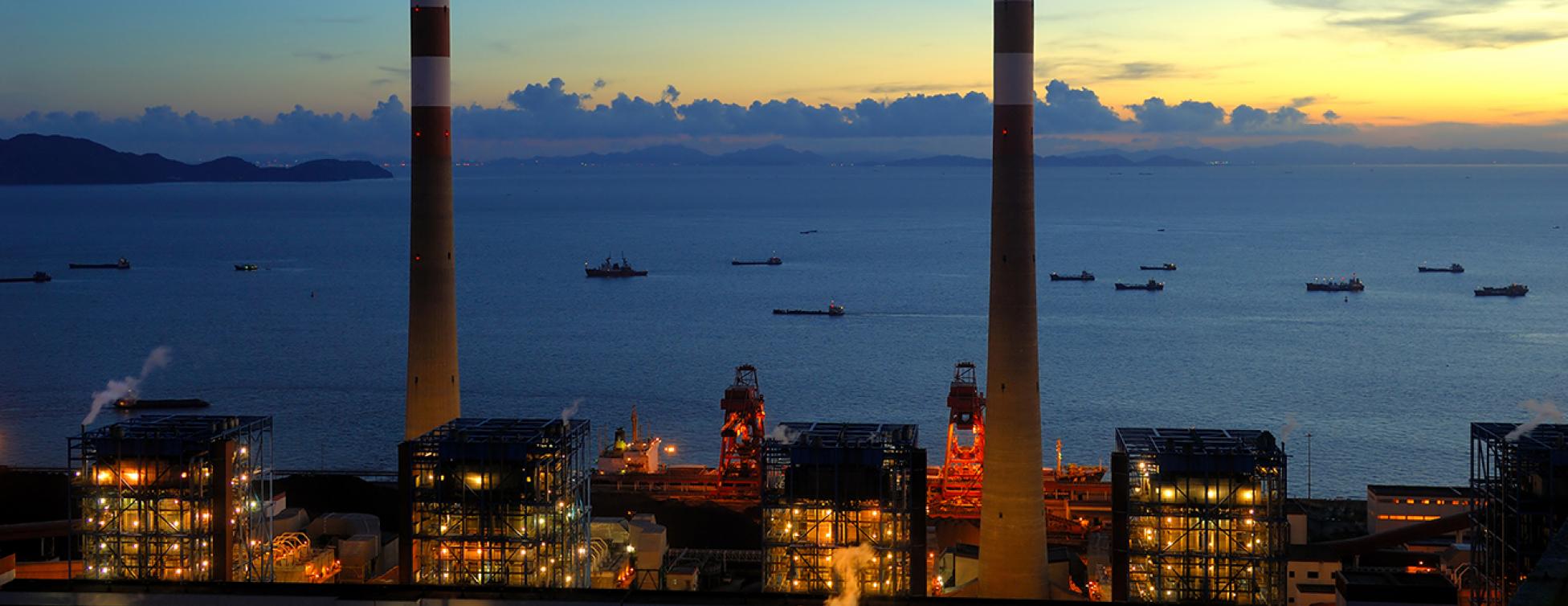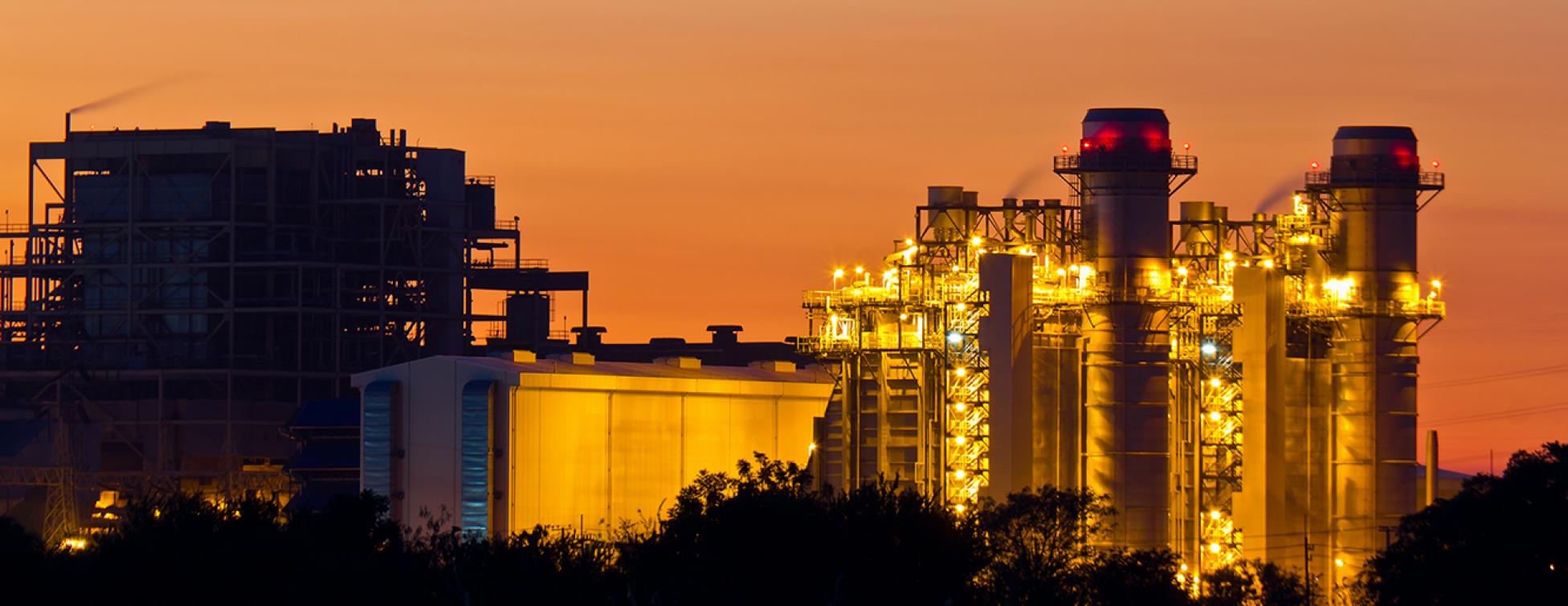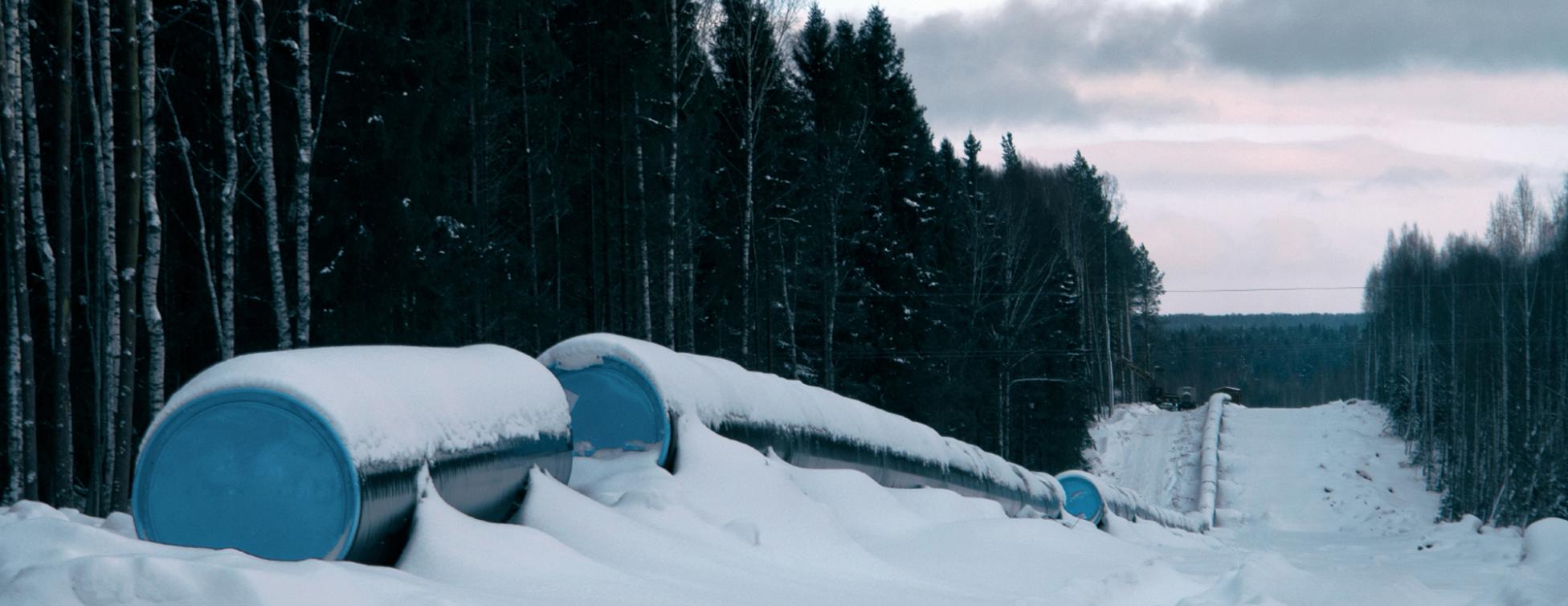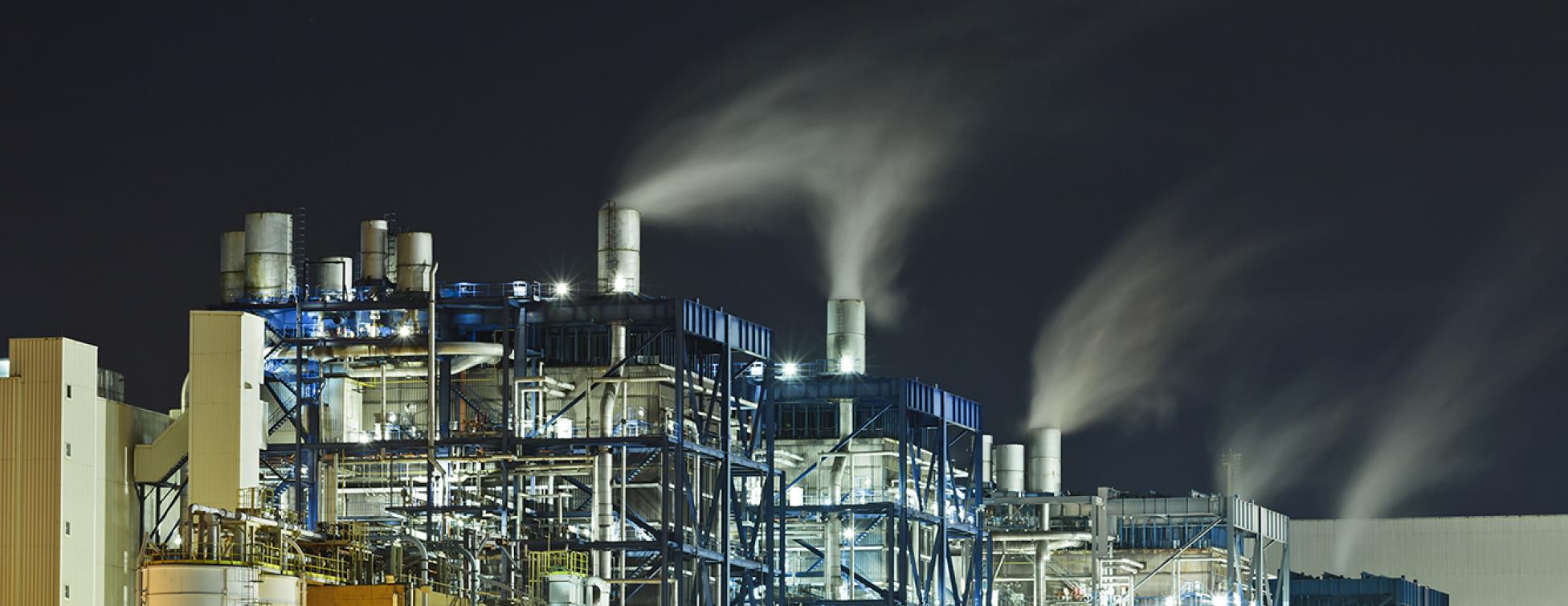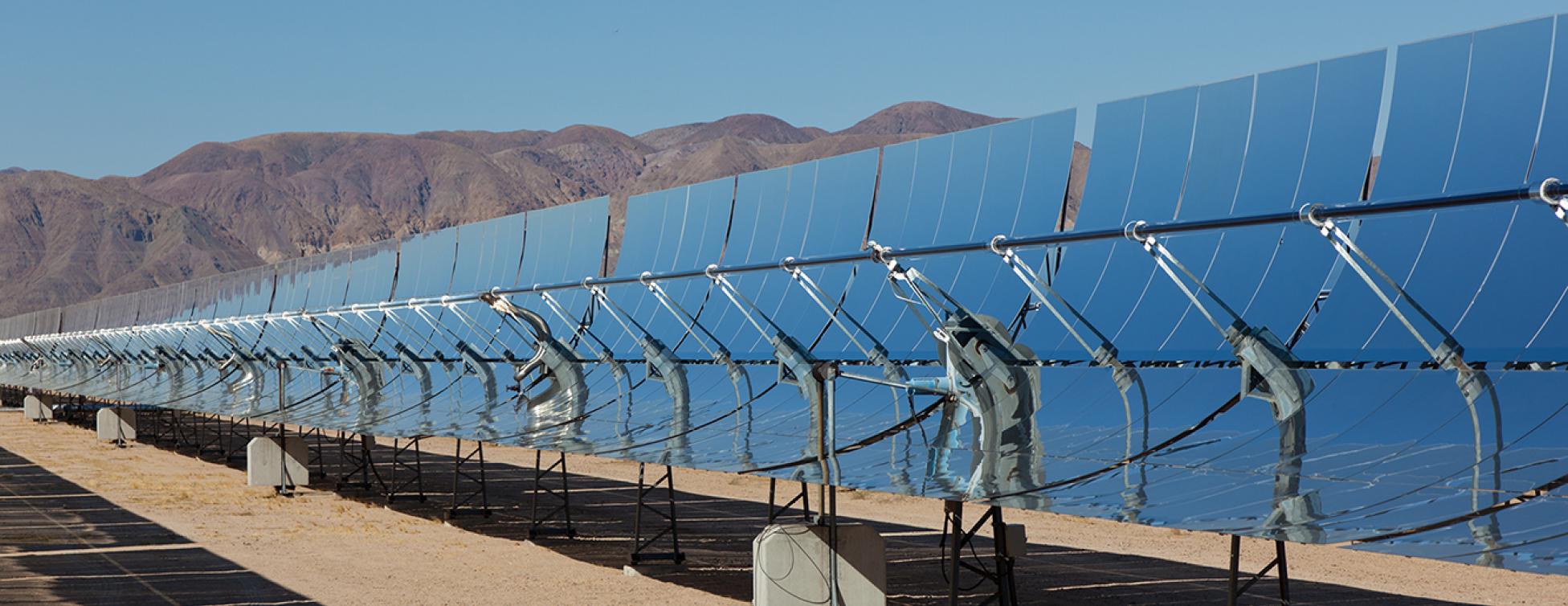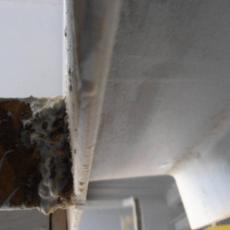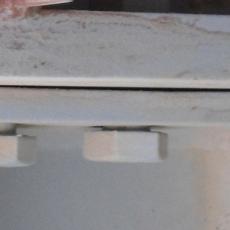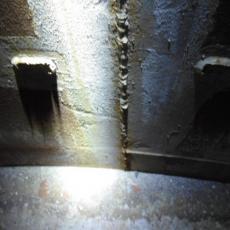HRSG
General Welding
In a completed facility inspected by EPR, there was a noticeable level of unacceptable general welding. As a frame of reference, this plant was purchased to be built by an experienced contractor to western standards (AWS) in a location where suitable labor was available.
During the initial stages of the review, it became clear that some workmanship lapses were so pervasive that a plant-wide cataloging of the defects was impractical. Therefore, a detailed review was conducted on one power train to determine a representative condition of the whole plant related to general welding.
171 welds on pipe supports, electrical cable tray/conduit supports, and gallery steel were evaluated per the visual acceptance criteria standards of AWS D1.1, Sections 5 and 6. 20 (twenty) were found to meet the most basic “stand-back” visual acceptance criteria of the AWS D1.1. Effectively, at least 89% of the welds did not meet the AWS visual acceptance criteria, and many (most) failed with multiple defects. Keep in mind this investigation did not get into real detail with the use of Cambridge or fillet... Read more
Clearly some money was saved, but it could not have been significant.
Owner: Could be as little as occasional maintenance labor for failed items, or significant when important failures occur costing operating hours/days.
HRSG Bolting
Large (HRSG) equipment erection is about attention to detail, but not overly complex. However, the structural and thermally cyclical nature of these units demands that proper methods and OEM instructions be observed.
In this case, a large new plant with 12 units was inspected one year after COD by EPR. There were so many deficiencies it is clear proper procedures were not followed. For high-strength bolting (ASTM A325/A490) proper pre-tension testing must occur, in addition to proper substrate alignment, thread engagement, and other details. The pertinent requirements, in addition to being code stipulated, were cascaded with clarity in the Contractor’s own specs and procedures, so they should have been followed and QC verified.
For both slip-critical and direct-tension applications bolting was observed to be missing, loose, installed in flame-cut holes, loose plies, and a variety of concerning problems. Over time, this condition will worsen and result in two safety concerns; falling fasteners, and unsafe structures.
Minimal. It takes no more time to pretention bolting by the iron worker. Further, QC checks should have been performed.
Owner: Safety and outage concern. Repairs need to be affected. EPCC: ~$25,000 per unit for equipment, new bolting, and man-lifts.
HRSG Stack Welding
HRSG Stacks are subjected to accelerated corrosion where sulfur is present in the fuel (gas/oil). An engineered solution is to protect stack internals with a coating which contains glass flake. For the coating to adhere it must be applied on a properly prepared substrate (NACE/SSPC/Manufacturer’s Recommendations). Glass flake coatings cannot be effectively patched.
In this case, the stack field welds were not compliant with AWS D1.1, 5.24.4 (visual examination criteria), the construction contract criteria. This poor workmanship necessitated rework of the welds and stack coatings. Concerns include welder qualification, lack of weld inspection, lack of coatings prep inspection, and pervasiveness of defect (full length, all stacks). Additionally, the stack alignment lugs were not ground smooth in preparation for the coatings.
Another concern with unacceptable weld profiles in the stack is weld failure due to expansion and contraction of the stack during outage cycles and wind loads, especially in the presence of sulfur.
Blasting, weld repair, and recoating of one stack... Read more
Minimal. It takes no more time to weld properly, but perhaps some minor labor savings was gained with an unqualified welder
Owner: 2 month outage, revenue loss at $35,000/day =~$2,000,000. EPCC: ~$400,000 to repair welds and recoat.

